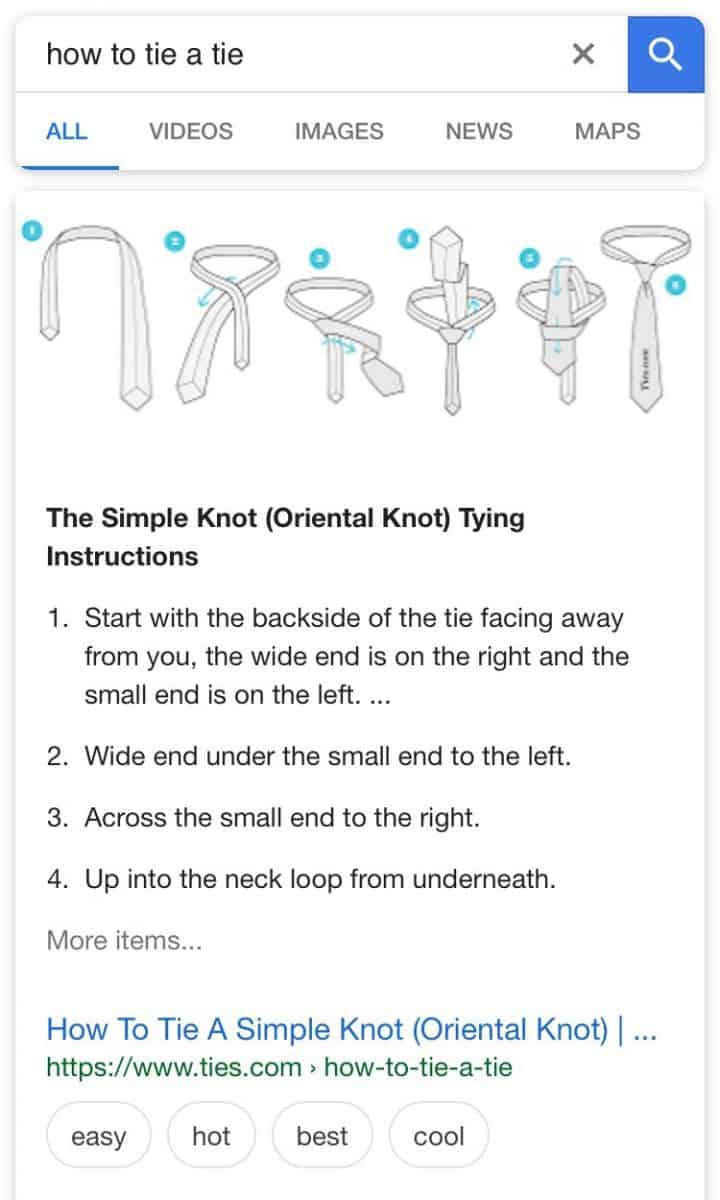4 Ways to Optimize SEO for Voice Search
Ok Google, Tell Me How SEO Will Change With Voice Search

Voice search optimization involves understanding how people speak instead of how people type. With Amazon Alexa, Google Home, and Apple HomePod, allowing people to navigate the Internet with just their voice, it is time to recognize how SEO will change with voice search.
Voice search is not a new concept. Apple’s Siri has been a mainstay since the iPhone 4S. Since then, voice searches have increased significantly. According to studies in 2015, 41% of people who used voice searches had just started to use them in the last six months. Fast forward a few years, and top technology companies have pushed voice assistants that can answer questions, tell you where to find a business, and even order items directly to your house.
In the 2017 holiday season, Amazon sold millions more smart voice devices than it did the previous year. Fourth quarter sales of smart voice devices have stretched into 2018, surmising that voice will see its coming-of-age tale through 2018.
For marketers and SEO researchers, the boom of voice search begs to question how to correctly create content oriented toward ranking high for voice searches.
With the trend of voice search increasing, the importance of voice search optimization is essential. In 2018, SEO and marketing specialists will have to take the world of voice seriously if they want to stay ahead of the curve and create the most traffic and conversions.
Voice search optimization can be achieved through these means:
- GOOGLE FEATURED SNIPPETS
Currently, when asked a question, a smart voice device like Google Home will access the “featured snippet” section, or “position zero” since it sits at the very top of a SERP. The featured snippet section of Google is Google’s way of showing what they believe is the most relevant content to answer a question someone may ask. This position zero is prime real estate for SEO and marketers, but with voice search, it becomes even more imperative to optimize for voice search.
Since the featured snippet section is where Google Home pulls its answer, as well as sending a link to the website to the Google Home app, SEO optimization for voice search makes the featured snippet the most desirable place to position yourself. A post in position zero is the only information a person using voice search would hear, as well as have a direct link sent to their phone. Regarding voice search optimization, a post in the featured snippet section has the only position available to voice searches.
How should a content creator optimize for rich snippets? To maximize your SEO for rich snippets, which is inevitably optimizing for voice, your content must answer a question as clearly as possible. For example, I Google searched “How do you tie a tie?” and received this:

The featured snippet is titled “How to Tie a Simple Knot” and features a listed step by step instruction on tying a simple knot. Google Home would read this list to a voice searcher and provide the link to the instructions via their app because Google found this content the most relevant to my question. Google search crawlers find listed items more digestible and easy to scan. Listed items are straight to the point as well, offering simple instructions that answer a question quickly and easily.
To optimize SEO for voice search, a content creator must vie for the featured snippets section to be the only provided information through voice results.
2. LOCAL LISTINGS
Voice search optimization and local listings go together. Voice assistants are equipped with GPS function to provide real-time search results aimed at your location, including directions and for finding services locally.
Voice searches for services always provide local options first, so it is imperative to optimize your SEO for local listings. Local listing SEO includes giving proper addresses and contact info consistently around the internet so that search engines like Google are sure your business or service can ensure your business location. It is helpful to have your business on any ranking systems like Yelp, because it shows search engines that your business is real, and visited by people. It is also important to encourage positive business reviews because voice search results attempt to find the best-ranked results to a voice search on top of calculating distance.
To optimize voice search SEO for local listings, it is essential to provide precise contact information. A well-defined ‘contact us’ page, as well as relevant information submitted to Google, allows a voice assistant to give a potential consumer with specific details like store address and contact hours. It is imperative to provide contact information as transparent as possible for voice search SEO so that voice assistants can relay the information.
3. MOBILE READY

While much of voice is about not using any other devices, voice can play heavily in our mobile world. When asking a voice assistant a question, the assistant can send a link to the site the information comes from to a person’s phone. The same is true for mobile voice assistants like Siri. These voice assistants allow access to viewing content through mobile, which means you must optimize your site for mobile.
Voice search SEO is also mobile ready SEO. If your site takes more than three seconds to load it will not matter if you made the “featured snippets” section of Google. Your site views will decrease significantly.
When optimizing SEO for voice search your site should already emphasis mobile ready SEO tactics.
4. LONG TAIL KEYWORDS
A substantial portion of SEO is about keyword research. While relevant, well-written content will always be king in the SEO universe, focusing that content on how people search is ideal. At the beginning of the mobile era, SEO researchers speculated that mobile searches would drastically change how people searched. While partially correct, many searches stayed in the standard realm. The most significant difference between desktop and mobile searches became searches that included “near me” (because of GPS access). From mobile searches, voice search is the next giant leap in how researchers look at how people search.
Voice search changes the entire spectrum of SEO research because it opens multiple layers of new search: even longer tail keywords and colloquial search.
Again, voice search optimization involves understanding how people speak instead of how people type. (Humans can speak 150 words per minute as opposed to typing an average of forty words per minute.) The faster rate at which people talk informs how long their searches through voice are. For example, if someone were to search for pizza places around them, on a regular text search they may type “pizza places.” However, through a voice search, someone may ask “Which restaurant serves the best pizza around me?” The ability to speak more allows for more descriptive, longer words. SEO researchers have to consider how people talk instead of type, which changes the entire way we market.
Another exciting voice search optimization concept is optimizing for colloquial language. Since voice searches focus on local listings, it is possible to create SEO content to specific areas based on how people speak. While text searches can involve colloquial language, it is much more natural to use region-specific language through voice.
In 2018, voice search should solidify itself as the next progression of search. SEO optimization for voice search needs addressed now.
Drift2 stays up to date on all the latest SEO optimization tactics.
Contact us today for a personalized SEO strategy.






